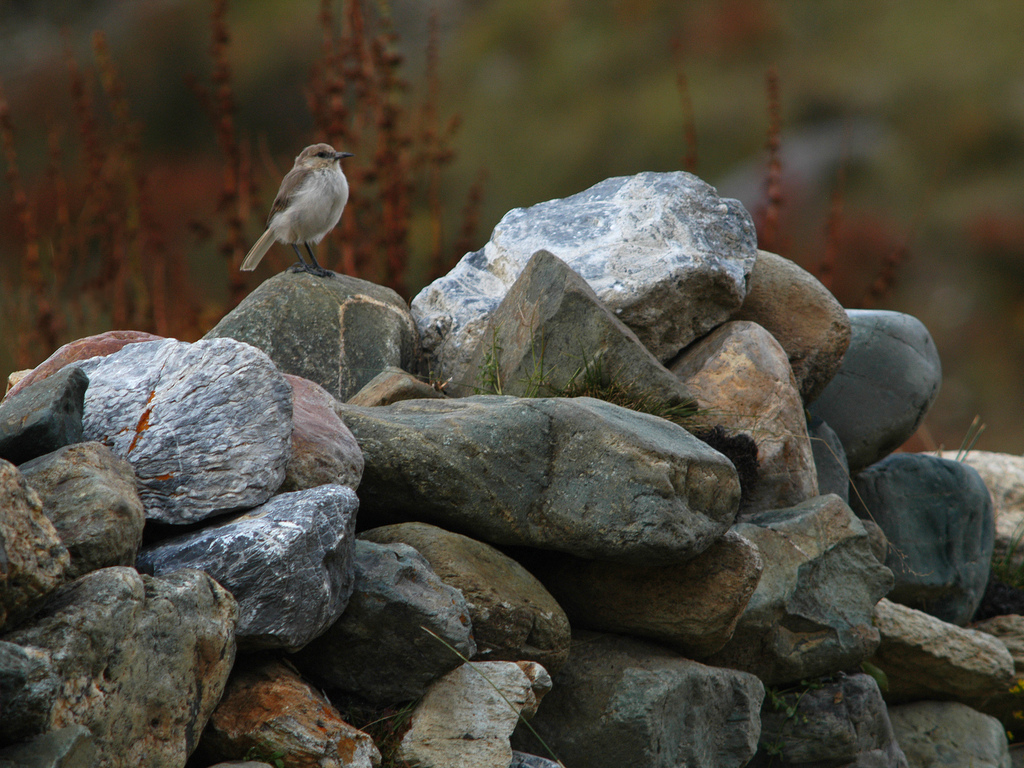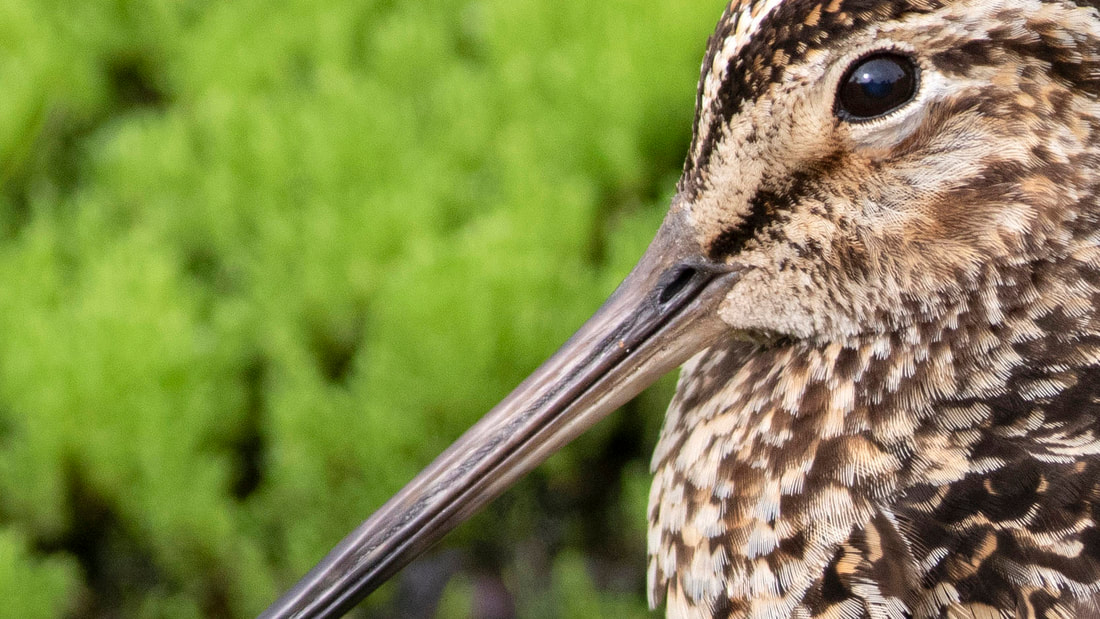|
Finally! We went up to the Garma valley in the afternoon on 29th, and spend several hours driving to our destination. The last 15 km. or so was not really a road for cars, so a good four wheel drive was essential. This valley consists of several small villages, and we were headed for the upper and inner one called Tugcha, about 80 km. northeast of Lhasa. The Zoological institute of the University of Tibet made a field-station up here last year, and this was our home for the next days. The station is at an altitude of 4300 m.a.s.l. We arrived pretty late, so there was no time for birding. On our way up the valley we managed to get views of a stunning White-capped Water Redstart. After a bad nights sleep (with rain poring down through the roof making all sleeping bags and everything completely useless at the time) we woke up to the thrilling calls of Great Rosefinches, Tibetan Snowcock and Robin Accentors. Good numbers of several species of rosefinches, Twites and Common Stonechats (all white rumped) were roving around the station. Tibetan Partridges were calling nearby and the first Lammergeiers of the trip flew around in the light fog. This was an absolute eldorado! The rosefinches were hard to identify. Almost all birds were in female plumage, and they were in mixed groups and always restless. I photographed some, so post-identification may be possible. We identified at least some Great and Streaked Rosefinches (the larger species), and some Beautiful Rosefinches. But there were lots of "strange looking" beautiful ones, so hopefully we'll manage to identify some more later on. Day number two we ascended about 350 meters on foot (puh!) to get views of two of our target species, namely the Tibetan Eared Pheasant and Giant Babax. In a small valley filled with dense juniper we managed to get both. This was also the only place we saw White-winged Grosbeaks, Blue-fronted and White-fronted Redstarts. Evenly distributed in the slopes was the Brown-cheeked Laughingthrush, singing from inside these dense bushes. On our way up we had a flock of 43 soaring Himalayan Griffon Vultures. What a sight! Total list from these days: Tibetan Snowcock (1), Tibetan Partridge (15), Tibetan Eared Pheasant (5), Hill Pigeon (100+), Oriental Turtle Dove (10), Black-eared Kite (1), Lammergeier (5), Himalayan Griffon Vulture (50), Common Buzzard (2), Common Kestrel (4), Saker Falcon (1), Grey-backed Shrike (5), Black-billed Magpie (15), Hume's Groundpecker - Ground Tit (5), Red-billed Chough (6+), Common Raven (4), White-throated Dipper (4), Eurasian Blackbird (5), White-throated Redstart (3), White-winged Redstart (4), Blue-fronted Redstart (1), White-capped Water Redstart (2), Common Stonechat (40+), Great Tit (10), Eurasian Crag Martin (50), Asian House Martin (40), Dusky Warbler (3), Tickell's Leaf Warbler (10), Brown-cheeked Laughingthrush (15), Giant Babax (4), Oriental Skylark (5), Horned Lark (15), Eurasian Tree Sparrow (common near villages), White Wagtail (35), Citrine Wagtail (3), Olive-backed Pipit (10), Rosy Pipit (45), Water Pipit (3), Robin Accentor (50+), Brown Accentor (5), Twite (150+), Beautiful Rosefinch (apparently common), Streaked Rosefinch (just a few identified), Great Rosefinch (common), Collared Grosbeak (5) and Godlewski's Bunting (15). Lammergeier (Bearded Vulture) Gypaetus barbatus, Streaked Rosefinch Carpodacus rubicilloides, Rosy Pipit Anthus roseatus and Tibetan Woolly Hare Lepus oiostolus.
|
StorymapsBlog archive
May 2024
|












 RSS Feed
RSS Feed
